A Snapshot on the First Week Online Teaching of Sichuan University-Pittsburgh Institute
Published on: March 13, 2020 | Views: 6366
Due to the outbreak of the novel coronavirus in China, all the faculty and staff in Sichuan University-Pittsburgh Institute (SCUPI) have taken emergency measures in order to meet students’ learning needs and guarantee education quality before their return to the campus. In the first week of the 2020 spring term, SCUPI has made full use of online learning technology and self-developed platform to carry on with teaching.
Ⅰ. Construction of an Interactive Platform for Distance Learning
1. Online Teaching Platform-BigBlueButton (BBB)
The management team of Sichuan University-Pittsburgh Institute (SCUPI) took students’ accessibility of e-learning at home as the institute’s high priority during the outbreak of coronavirus pneumonia. IT team and Academic Affairs team of SCUPI together prepared for distance learning one month before the spring semester started. IT team tried to develop an online teaching platform within the existing Blackboard system for users with little or no experience. The functions of BigBlueButton (BBB) on Blackboard include online discussion, shared notes, PPT presentation, and screen sharing. The instructors can also choose external equipment to meet their teaching needs such as writing and drawing during the lectures.
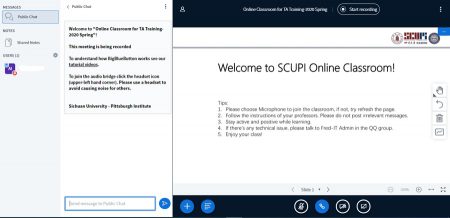
Figure 1 BigBlueButton Online Platform
Considering the number of online classes, participants, and the capacity of the Internet, Fred, an IT team member, distributed all courses into five different servers, namely class2016, class2017, class2018, class2019, and overseas, which guaranteed the stability of online teaching. During the first week of online teaching, the IT team, the Academic Affairs team, and Student Counselors were put on standby for a better service of distance learning.
2. Online Teaching Training
In order to help instructors to learn how to use BBB, Dr. Xinfeng Quan together with Fred held two training sessions for “Teaching online using 5B” on Feb.11 and 14 respectively. Each training lasting for over an hour involved an introduction of BBB, how to set up online classrooms, tips for online teaching, etc.
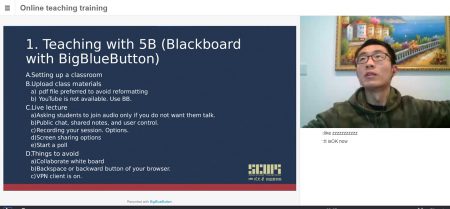
Figure 2 Training “Teaching online using 5B”
During the training sessions, instructors followed Dr. Quan’s guide and tried to build their own online classrooms. In the Q&A session, Dr. Quan and the IT team helped instructors with their technical problems. After the training, SCUPI instructors had heated discussion over online teaching and shared other online teaching resources in the Wechat group which paved the way for the new semester.
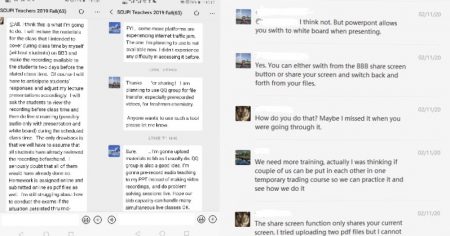
Figure. 3 Discussion on online teaching in Wechat group
3. TA Training
On Feb.18, the IT team and Academic Affairs team held online training for spring semester TAs. Blackboard functions as online recitation class, online grading, grades entering were well introduced by IT staff.
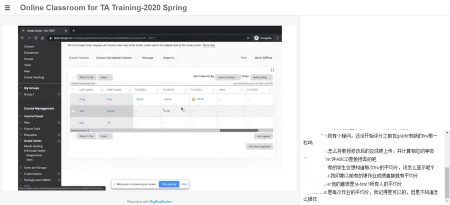
Figure. 4 Online training for TA
II. An Overview of Online Teaching
In the first week, SCUPI offered 58 courses in total. While the BigBlueButton is the main online teaching platform used by instructors, Zoom and QQ groups are also used according to the actual situation of the courses. Thanks to the online teaching training for all teachers in advance and the technical support of the IT team, most of the classes were finished successfully.
Table 1 Overview of Online Teaching
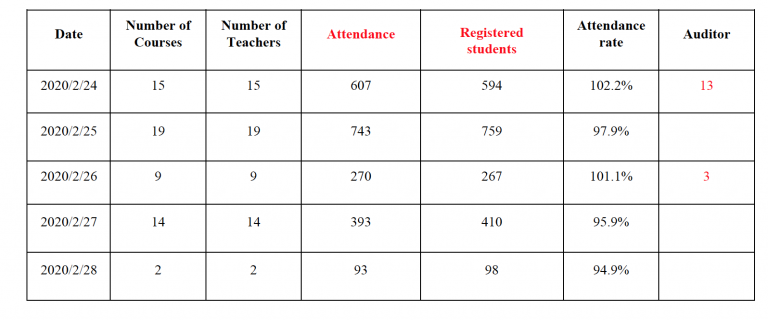
1. Responsible Teachers
Faculty must follow their assignment schedules that lead to a difficulty for SCUPI. After winter break faculty who lived overseas cannot return to China due to the coronavirus epidemic. Therefore those faculties must overcome the time difference between the two regions. All of them expressed their understanding of the special situation and showed a highly cooperative attitude. Some of them gave wonderful classes at a very late local time, especially one course was started at 11 pm their local time for 3 hours.
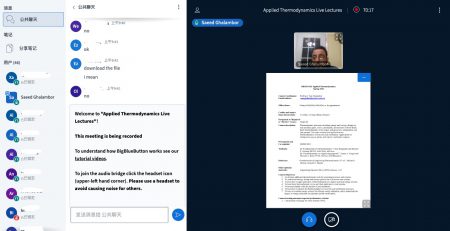
Figure 5 Professor Sam Ghalambor gave a class at 20:00 U.S. time
2. Adequate Preparation for Teaching
As the first class of the new semester, teachers explained the syllabus and course requirements at the very beginning. Some teachers uploaded learning materials in advance for students to preview.
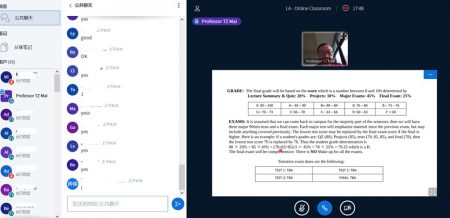
Figure 6 Professor Mai talked syllabus and course requirements in the Linear Algebra course

Figure 7 Learning materials were uploaded in advance in the Probabilistic Methods
in Operation Research course
3. Timely Feedback in Teaching
Unlike face-to-face communication in a traditional classroom, teachers adopted a variety of different teaching approaches to interact with students and closely track their learning outcomes. A majority of teachers collected student feedback by sending out questionnaires before and after the class so that they can adjust their teaching plans accordingly. During the lecture, they use polls and the public chat area to directly communicate with students, and students were allowed to turn on their microphones to ask questions at any time. In addition, teachers use the discussion boards as an asynchronous forum for class activities and homework. Each class was recorded, making it convenient for students to review the lecture and consolidate the knowledge. This has improved the quality and efficiency of teaching and learning.
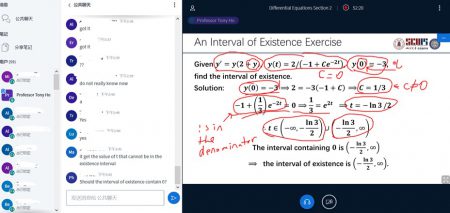
Figure 8 Teacher of Differential Equation answers questions raised by students on public board
4. Diverse Class Activities
Considering the difference between e-learning and learning in a physical classroom, teachers conducted different class activities. Quiz, group discussions, and presentations are used to promote students’ learning motivation and increase interaction. Besides, teachers flexibly apply the poll function in their lectures, making students fully engaged and encouraging participation.
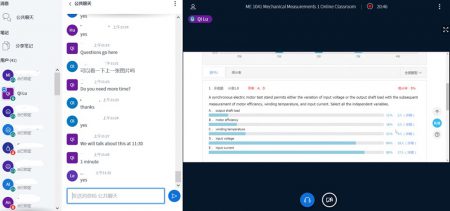
Figure 9 In-class Quiz in Mechanical Measurements Class
5. Future Improvement
The overall e-learning outcomes are remarkable, but there is still space for improvement. For example, some teachers’ handwriting could be clearer, the network could be tested in advance to ensure the stability of the live stream, more than one online teaching tool could be incorporated, and teachers with a large class size could pay more attention to students’ responses.
III. Teachers’ Reflection

The coronavirus situation and the need to use distant learning tools as a workaround has certainly created many challenges for HSS (Humanities and Social Sciences) and the Writing Center. We are lucky that we have Blackboard, and that we have been using its tools for synchronous and asynchronous extensions of our physical classroom well before Spring 2020. This has ensured that not only do we have the facility for providing content, but we have some experience using the platform for active learning.
Video and chat platforms like BBB may create the illusion of communicating as if in a classroom, but in reality, it is like the difference between watching a show on television and a play in a theater. I noticed that while going through slides and explanations, twenty minutes would pass without making sure the people out there in TV-land were watching. The cardinal rule in MOOCs is that people can only really follow and digest content in 5-8 minute blocks of video-based content before tuning out or forgetting. With this in mind, I have tried to break up content, use polls and chat responses, and incorporate outside video and sound clips; more importantly, I try to use the discussion boards as an asynchronous forum for class and homework activities.
One of our goals at the Writing Center has always been to build digital resources and video lectures of content to allow us to flip the classroom without having to rely on outside MOOC or other institutional videos that might not necessarily match our situation here in Chengdu. Our current situation has allowed us to jumpstart that process, and produce video content that can be used in the future.
Another goal for the Writing Center has been to develop a digital component so that students could use the SCUPI Writing Center academic support without having to physically visit the Writing Center. This semester’s realities have given us an opportunity to explore different options for providing services for students and experiment with developing good pedagogy. Students can now drop into our online “meeting rooms” to chat with Writing Center professors and TAs about their papers, and they can submit their papers to an online Digital Dropbox to receive comments. The Academic Affairs team has enrolled all SCUPI students into the Digital Writing Center. The faculty from the Writing Centre have been putting this vision into place by offering a 6-week digital writing workshop for students who plan to go to Pitt.
The Writing Center is currently working with the English Association of the Institute to provide activities and keep the SCUPI spirit alive. The student-run events will include stand-up comedy videos, online discussions, and voice-over competitions. We hope that students can join in these activities to not only develop their language ability but as a way of communing with their classmates and lifting their spirits.
— Professor James McDougall
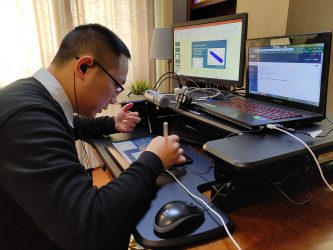
I need to consider more when having online classes via BBB comparing to normal classes, for example, many facilities need to be prepared beforehand. After the first week of teaching, I have actually spent considerable amounts of time on the lecture preparation. Meanwhile, I also need to improve the way I interact with students. Effective communications with students are more important than usual. During such a difficult time, we need to cooperate to make it work, including academic admins, instructors, students, and their families.
— Professor Qi Lu
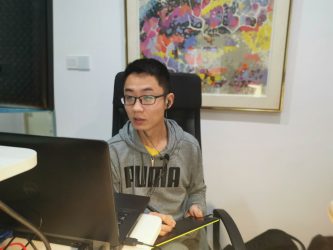
Many tools and models are available for online teaching. Aiming at learning efficiency and effectiveness, I decided to: 1) expand the length of self-study by incorporating audio and video instructions/interpretations into slides that are reorganized based on concept closeness, 2) continue group study with emphasis on the importance of discussing, 3) monitor study quality by asking questions to a random student, and 4) offer ~30 min live lecture on questions collected during students’ self-study and group study period.
While lecture time (live broadcast) is reduced from 90 min to ~30 min, instructor-student interactions are greatly boosted, since I can ask questions via private messages to many students simultaneously. The students’ feedback so far concentrates on the flexibility and efficiency of this new way of teaching, as they claimed that comparing to normal lectures, they were able to replay the class material and do reference checking at any time in need. A concern, for now, is a possible wider distribution of learning effectiveness from the students, which will be addressed via upcoming tests.
— Professor Kevin Quan
IV. Students’ Feedback
In order to track students’ online learning experience and optimize the online teaching mode, students’ feedback was collected after the first week. Feedback from three students is listed below:
Due to the outbreak of the novel coronavirus, online teaching has been adopted in the first week of the new term. However, my learning experience is as good as when I’m in an actual classroom. In the Phase Transformations course, Professor Grace made full use of the different functions of BBB to actively interact with students. She did not only promote our learning motivation but also closely track our learning status, and adjust the pace accordingly. In addition, the recording function of BBB enabled students to “replay” the lecture, which helped us review the contents and fill in the gaps timely.
— MSE Tracy Wang
After the first week of distance learning, out of my surprise, the classes were rather great. The interaction between professors and students were not affected by the long distance. Professors could share PPT and their handwriting notes in their lectures. We tried to get new knowledge by embracing online teaching. Though there were small incidences as breaking voice or stuck PPT once in a while, they didn’t influence our study. I felt that there is a small difference between online teaching and study at school.
— ME Wilkins Liu
Professor of Inventory Management recorded the course and published it on Blackboard for students to preview before the scheduled online class, which made our learning very efficient. By previewing the video, I can get the outline and key points of the class. When I came to the scheduled online class, I can have discussions with the professor and my classmates on questions I didn’t get from my preview. I think it is a good way for online learning.
— IE Jason Sun
All teachers and students are confronted with special challenges this term because of the sudden outbreak of the novel coronavirus, causing us to rely on e-learning tools. SCUPI has made every attempt to ensure students’ accessibility to these e-learning tools. For teachers, it is an opportunity for exploring new pedagogical models that address the need to shift from passive to active learning. Making students active learners in online environments is a significant task. We believe that with sufficient support and commitment of SUCPI faculty and staff as well as the cooperation and understanding of parents, students will be able to not only have access to the necessary information but also successfully learn through doing during class in our e-learning environments.
